The Ultimate Road Trip to Arizona’s National Parks and Monuments
There are no fewer than 24 National Park Service (NPS) units in Arizona, including 3 national parks and 12 national monuments, and a number of other Arizona national monuments managed by the Bureau of Land Management (BLM).
Collectively, they protect a wide variety of landscapes and sites, ranging from massive canyons and imposing rock formations to unique biotopes, ancient cliff dwellings and Native American pueblos.
While Arizona’s best known for its desert scenery and Wild West history, let’s not forget that people have called this region home for many thousands of years.
The state’s wild, ancient and mysterious landscapes inspired Native Americans to create some of the most fascinating legends and myths in North America.
You can discover and learn about these centuries-old cultures by visiting one or more of the various tribal lands in the state.
The most popular and convenient one to visit is the Navajo Nation, which is very tourist-friendly and manages a number of parks in Arizona. We’ll talk about two specific tribal areas in the Arizona national parks road trip itinerary below.
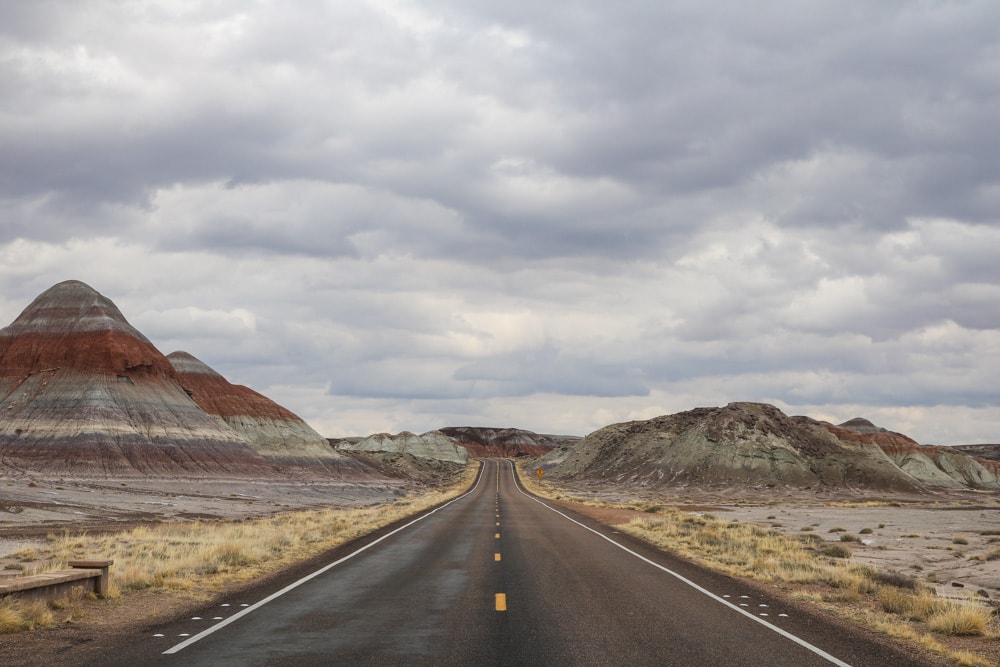
This Arizona national parks road trip itinerary contains affiliate links. You can read more about our Terms of Use / Disclosure here.
The Ultimate Arizona National Parks Road Trip Itinerary
In this Arizona national parks and monuments road trip itinerary, I’ll focus more on the natural landscapes that make Arizona such a fantastic destination, rather than man-made and cultural sites.
A road trip in Arizona is virtually impossible without stumbling upon a ruin or historic site every once in a while anyway. Even when prioritizing natural parks in Arizona, there are always historic places present, or at least situated in the near vicinity.
This is an itinerary for adventurous people who’d like to do some scenic driving, hiking, camping and wildlife watching, with the occasional historic site thrown in for good measure.
When you follow the itinerary outlined below, you’ll drive from the iconic deserts of the south, via ancient Native American sites, to the massive canyons and iconic valleys in the north.
You’ll literally see what makes every Arizonan proud, according to the state’s license plates, which depict saguaro cacti and the state’s nickname, the “Grand Canyon State.”
You can start this epic Arizona drive in each of the state’s three major cities—Phoenix, Flagstaff or Tucson. This particular route passes by or through all of them, so you can start and end your road trip wherever suits you best.
The following Arizona national parks road trip itinerary takes in no fewer than eight amazing parks and runs in a counterclockwise direction.
This leaves the arguably best national park in Arizona, if not in the entire United States, for last, ending your road trip with a bang. You are, of course, free to do it the other way around, too, or to start in the middle. In this case, we’ll start in Phoenix and head south first.
Organ Pipe Cactus National Monument
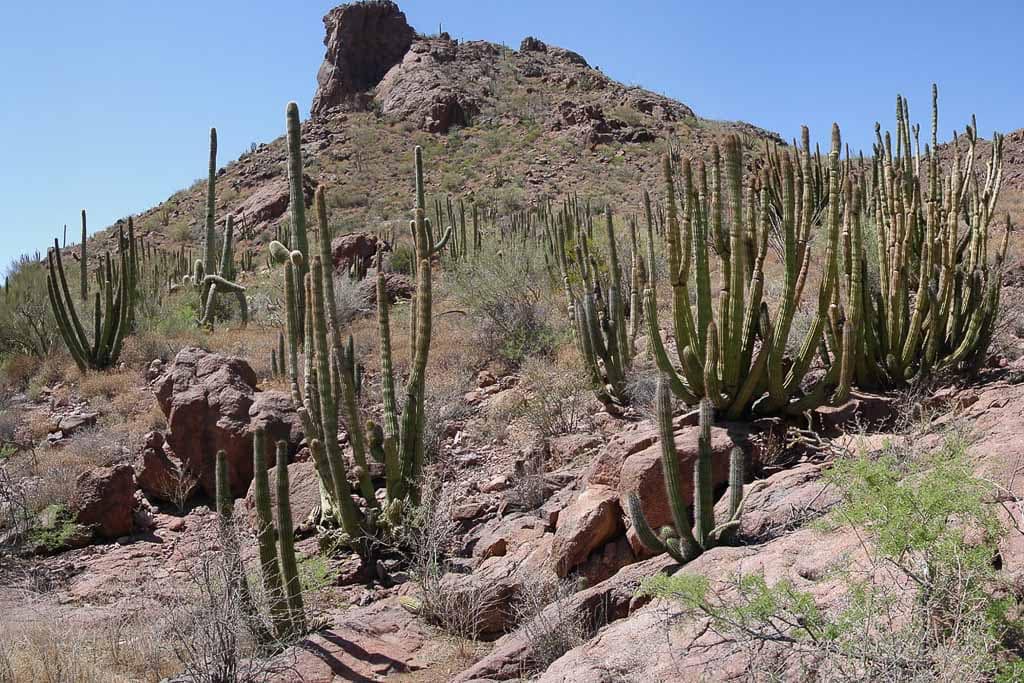
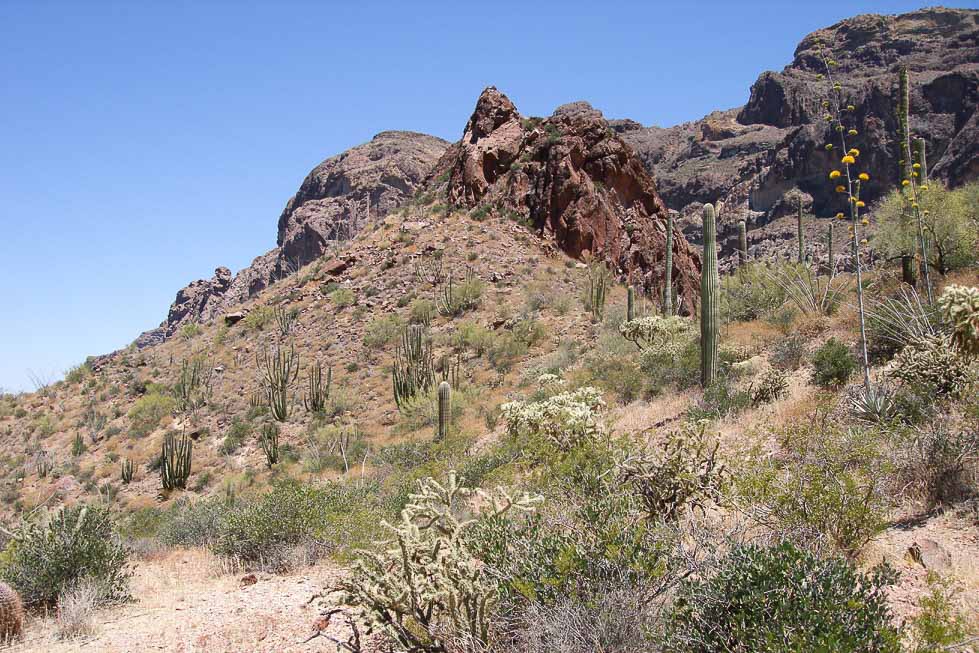
An International Biosphere Reserve, Organ Pipe Cactus National Monument may not be the most famous of all national monuments in Arizona, but it has more than enough to offer to make this a worthy start of your road trip in Arizona.
Located in the far south of the state, bordering Mexico, it’s quite a drive from Phoenix to get there. But no worries, there’s plenty of time to stretch your legs in the park once you’re there.
What sets this park apart from literally any other park in the USA is that this is the only place in the country where organ pipe cacti grow in the wild. And there are countless of them.
Similar to other desert parks in Arizona, as you’ll see later in this post, the most popular things to do in Organ Pipe Cactus National Monument are scenic drives, hiking and camping, and horseback riding.
There are a number of amazing (gravel) roads through the park, while a variety of hiking trails let people of all ages and abilities enjoy the wonderful desert scenery.
- Spend at least: 2 days / 2 nights
- Do this: scenic driving, mountain biking, hiking, camping, horseback riding
- Stay here: Twin Peaks Campground
- More information: https://www.nps.gov/orpi/index.htm
Saguaro National Park

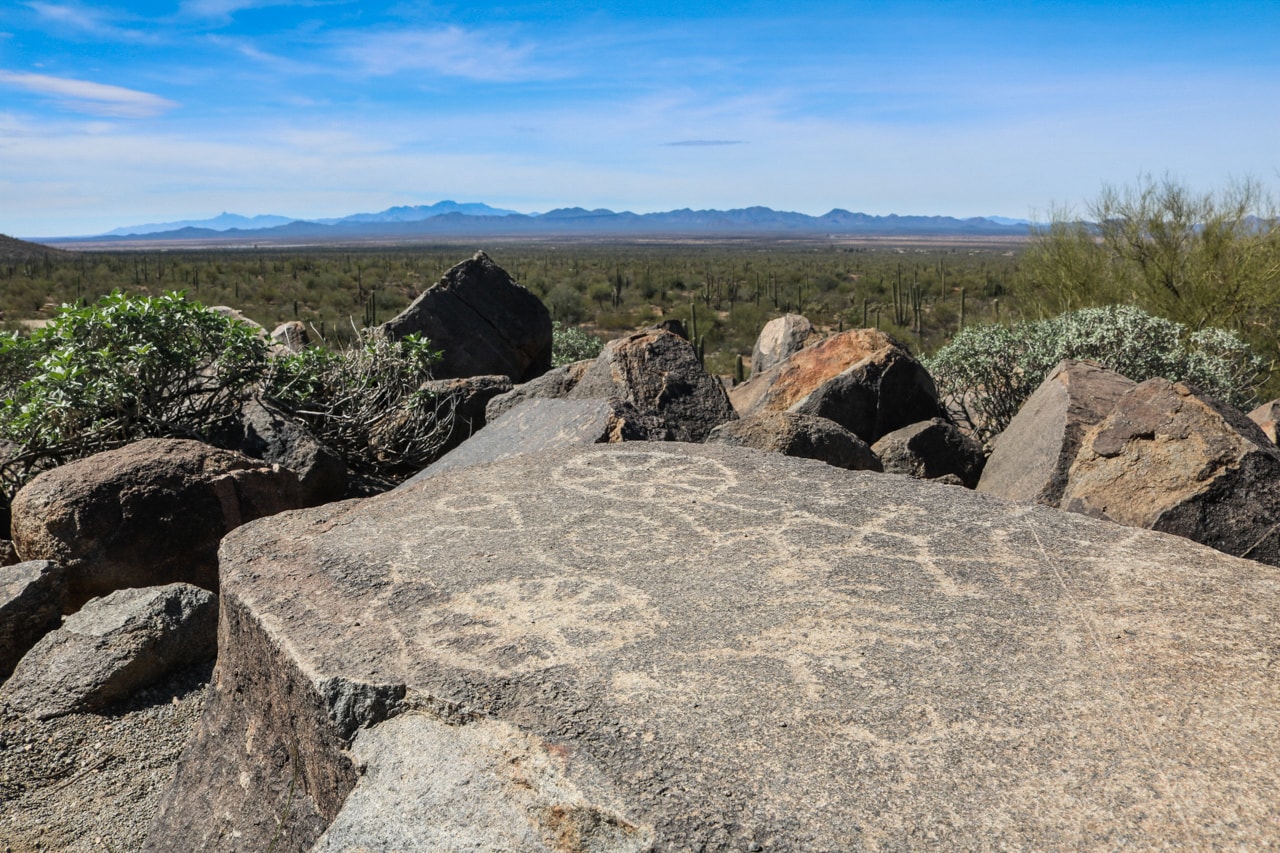
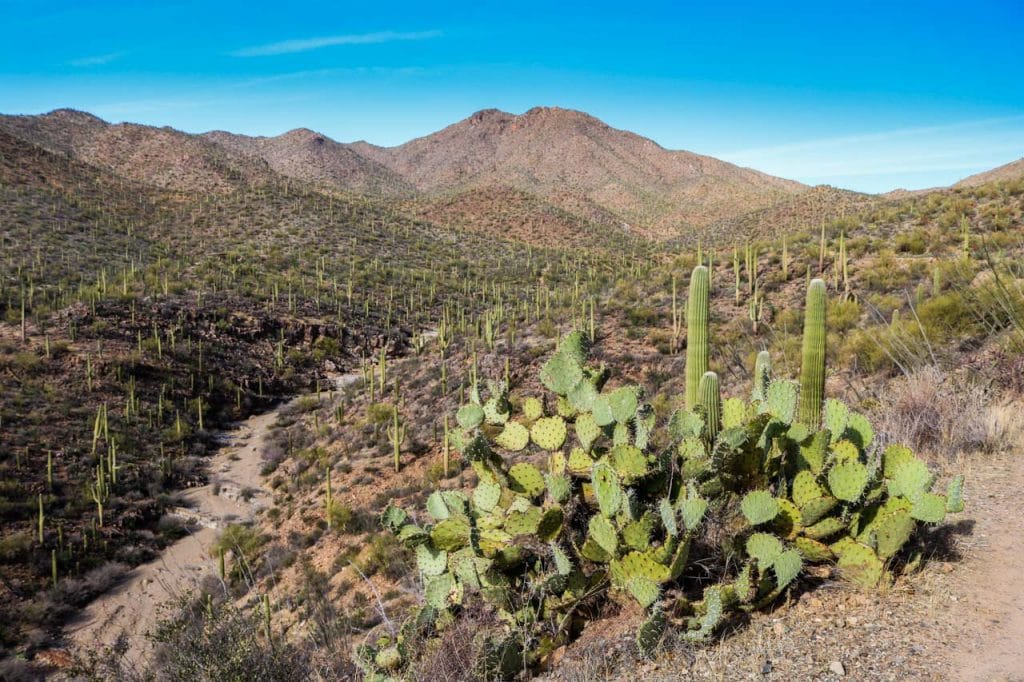
The first American national park ever to be named after a plant, photogenic Saguaro National Park protects two sections of the Sonoran Desert home to millions of saguaro cacti.
This particular type of cactus dominates this part of the state in such numbers that references to “saguaro forests” are quite common.
Symbols of the American West, saguaros can grow up to 40-50 feet (12-15 meters) tall and reach an age of 150 years. They are the star attractions of Saguaro National Park in southern Arizona.
The park, in fact, is split up into two different districts—the Tucson Mountain District (TMD) and the Rincon Mountain District (RMD), situated respectively on the west and east side of Tucson.
If you’re looking for the best Arizona national parks near Tucson, this is the obvious choice. You should spend at least two full days here, one day minimum in each district.
I suggest starting in the TMD for the perfect introduction to this extraordinary landscape. There, just outside the park boundaries, is also where you’ll find the Gilbert Ray Campground, arguably the best campground near Saguaro National Park.
Once you’ve pitched your tent or parked your RV, head out for some amazing hiking, scenic driving, and sunrise and sunset watching.
Keep your eyes peeled for wildlife, too. This may be a desert park, but life thrives here. Don’t be surprised to come across a tortoise, rattlesnake, coyote or javelina.
- Spend at least: 2 days / 2 nights
- Do this: scenic driving, hiking, camping, sunrise and sunset watching, stargazing, wildlife spotting
- Stay here: Gilbert Ray Campground
- More information: https://www.nps.gov/sagu/index.htm
Petrified Forest National Park
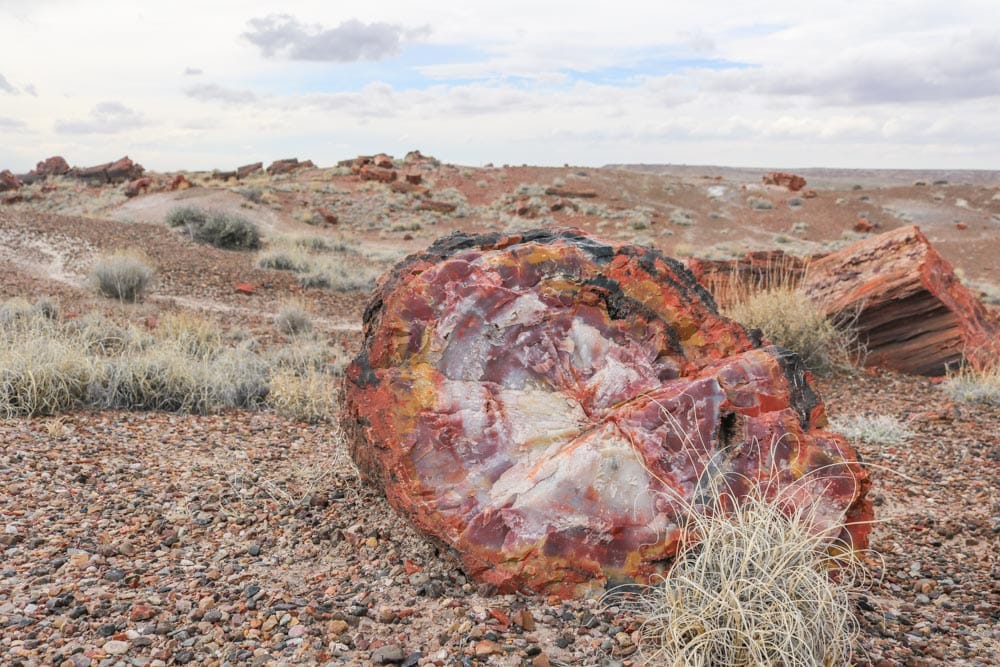
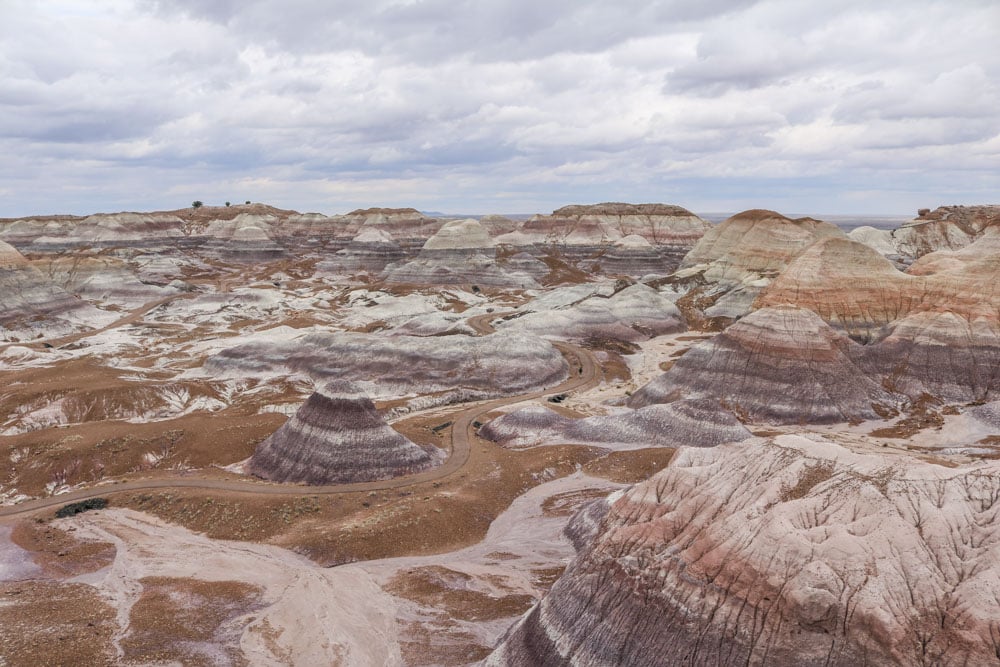
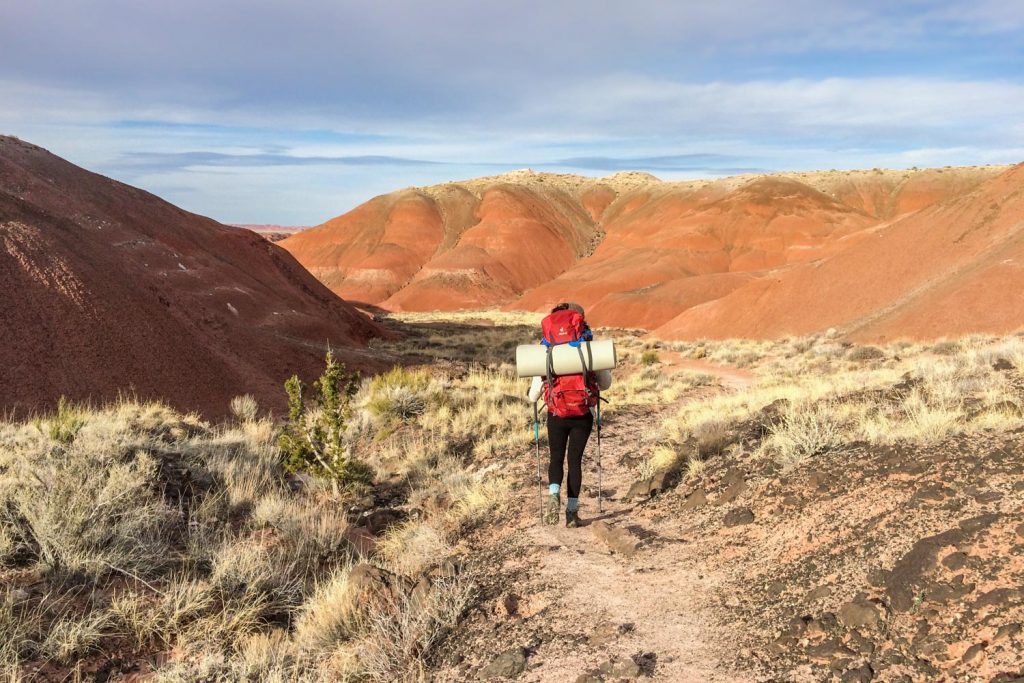
Red-colored badlands, blue-banded rock formations, historic Route 66, Native American sites and fossilized trees make up the remarkably varied landscape of Petrified Forest National Park, a half-day drive northeast of Tucson.
Named for its huge density of petrified logs, this is one of the world’s best places to see fossils from the Late Triassic, which was basically the dawn of the dinosaurs. That’s how old this place is.
Petrified Forest National Park allows you to walk where dinosaurs roamed and to stand where ancient forests fell.
You’ll explore an ancient river system that would’ve put every other river in the world today to shame. These arid landscapes may seem desolate and empty, but a closer look reveals an age-old geological and natural experiment that’s still ongoing to this day.
There is only one road through this Arizona national park, conveniently leading you past all its major attractions.
Absolute Petrified Forest National Park highlights are the Crystal Forest and Long Logs Trails, the Blue Mesa, Puerco Pueblo and camping in the Painted Desert wilderness.
Additionally, Petrified Forest is the only national park that preserves a section of Historic Route 66, another major attraction.
- Spend at least: 2 days / 1 night
- Do this: cultural exploration, (wilderness) hiking, horseback riding
- Stay here: overnight backpacking trip in the Painted Desert
- More information: https://www.nps.gov/pefo/index.htm
Canyon de Chelly National Monument
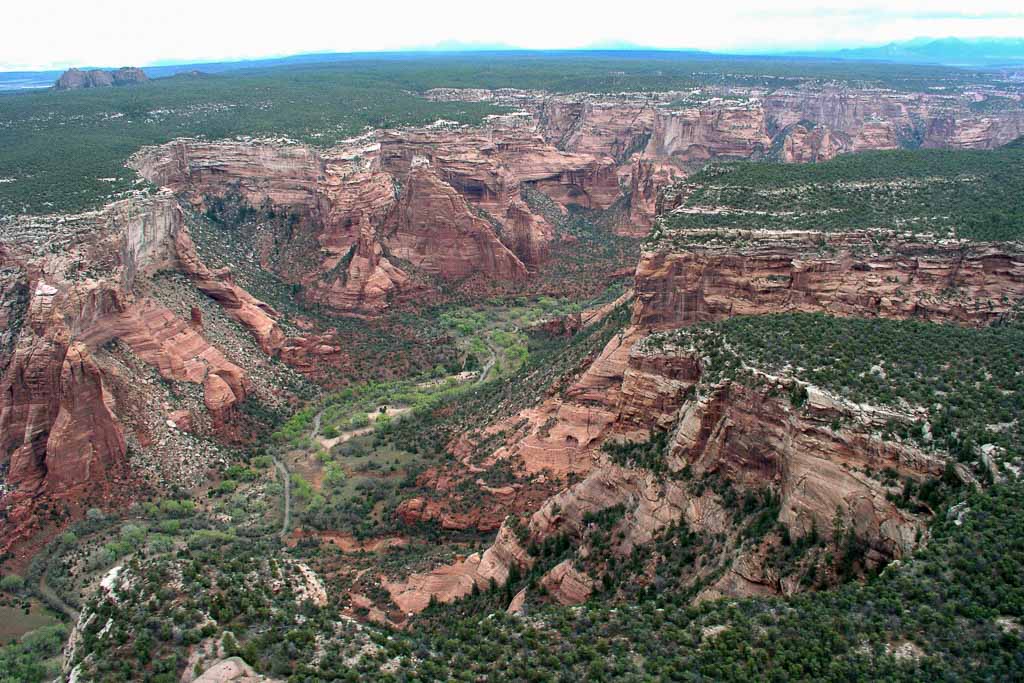
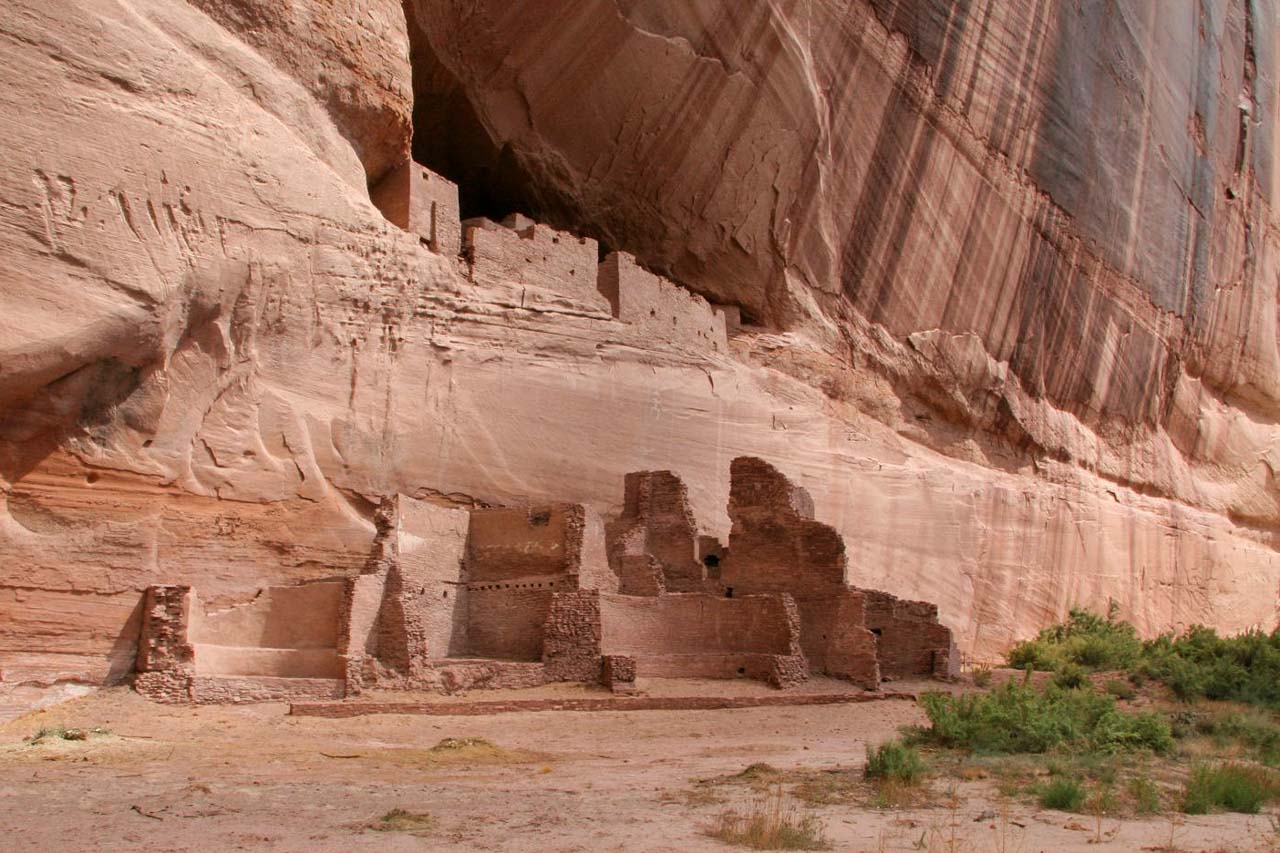
There are plenty of cliff dwellings all over the Colorado Plateau, from Chaco Canyon to Mesa Verde, but nowhere have people live for as long as they have in Canyon de Chelly.
For almost 5,000 years, people have called this canyon home, from the Ancestral Puebloans to the Najavo who still raise livestock and grow crops in the canyon.
Canyon de Chelly National Monument lies only about 100 miles (160 kilometers) north of Petrified Forest National Park. They’re both among the best northern Arizona national parks.
The park protects three major Arizona canyons and, as one of the lands that are part of the Navajo Nation, is one of the best places in Arizona to immerse yourself in Native American history.
- Spend at least: 2 days / 1 night
- Do this: hiking, canyon touring with a Navajo guide
- Stay here: Thunderbird Lodge
- More information: https://www.nps.gov/cach/index.htm
Monument Valley Navajo Tribal Park
Another hour and a half north of Canyon de Chelly lies Monument Valley, arguably the most iconic place in the entire American West.
Although this is technically not one of the American national parks, it is a designated Navajo Tribal Park, which is essentially the Navajo Nation equivalent of a national park.
Thing is, though, that there’s no way I could leave Monument Valley out of a national parks of Arizona road trip itinerary, especially if the route would take you within two hours from this magnificent valley.
Located on the Arizona-Utah border, Monument Valley’s landscapes are renowned around the world, made famous by Hollywood Westerns. This wide valley dotted with buttes, rock formations and sandstone towers is nothing short of mesmerizing.
Spend a day hiking, join a 4WD tour with a Navajo guide or explore the area on horseback. I mean, if there ever was a place to go horseback riding, this is it. Make sure to stick around for a night, too—the night skies are sensational.
- Spend at least: 1 day / 1 night
- Do this: hiking, scenic drives, guided tours, horseback riding, stargazing
- Stay here: The View Hotel
- More information: https://www.visitarizona.com/uniquely-az/parks-and-monuments/monument-valley-navajo-tribal-park
Glen Canyon National Recreational Area
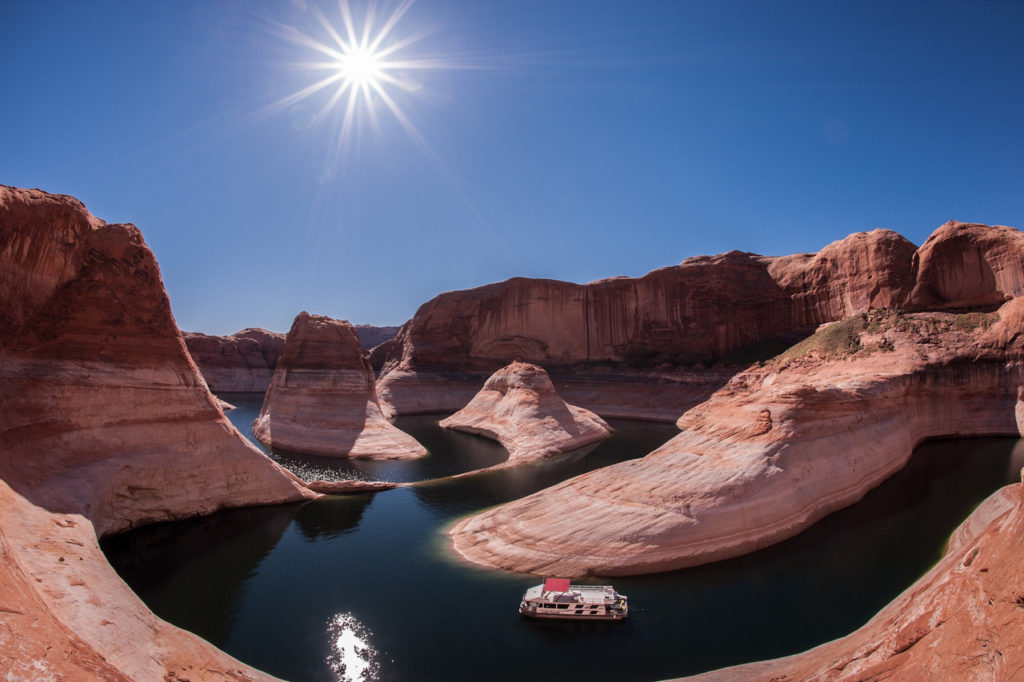
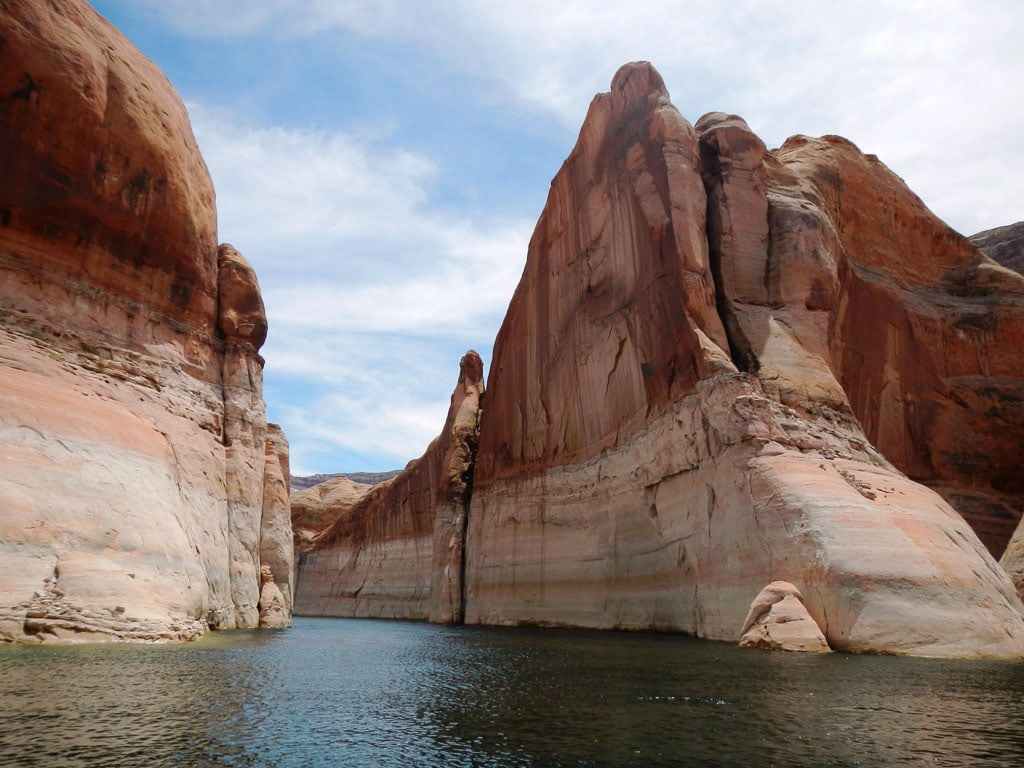
A huge area of federal lands, comprising everything from lakes to canyons, deserts, geological formations and cliffs, Glen Canyon National Recreation Area is one of Arizona’s most varied and popular holiday destinations.
The number of highlights is immense in this wonderful region, which is so large that it borders Utah’s Capitol Reef National Park, Grand Staircase-Escalante National Monument and Canyonlands National Park in the north, and Arizona’s Vermilion Cliffs National Monument and Grand Canyon National Park (see both below) in the south.
It also shares a border with the Navajo Nation. This region is absolute heaven for a Utah and Arizona national parks enthusiast.
The main feature of Glen Canyon is Lake Powell, a man-made lake created by the Glen Canyon Dam in 1966. This winding lake with countless arms is literally a flooded canyon and has almost 2,000 miles (3,200 kilometers) of shoreline.
I don’t have to tell you that fishing and boating are a tremendously popular pastime in this national recreation area, one of the main purposes of which is just that—recreation.
You’ll also like to know that the very southern tip of the Glen Canyon National Recreation Area is where you’ll find Horseshoe Bend, a world-famous bend in the Colorado River.
When you’re in the area, definitely also take the time to visit Antelope Canyon, one of the world’s most beautiful slot canyons. It lies on Navajo land just east of the town of Page, the main hub in the region.
- Spend at least: 3 days / 2 nights
- Do this: boating, fishing, jet skiing, kayaking, hiking, mountain biking
- Stay here: Lake Powell Resort
- More information: https://www.nps.gov/glca/index.htm
Vermilion Cliffs National Monument
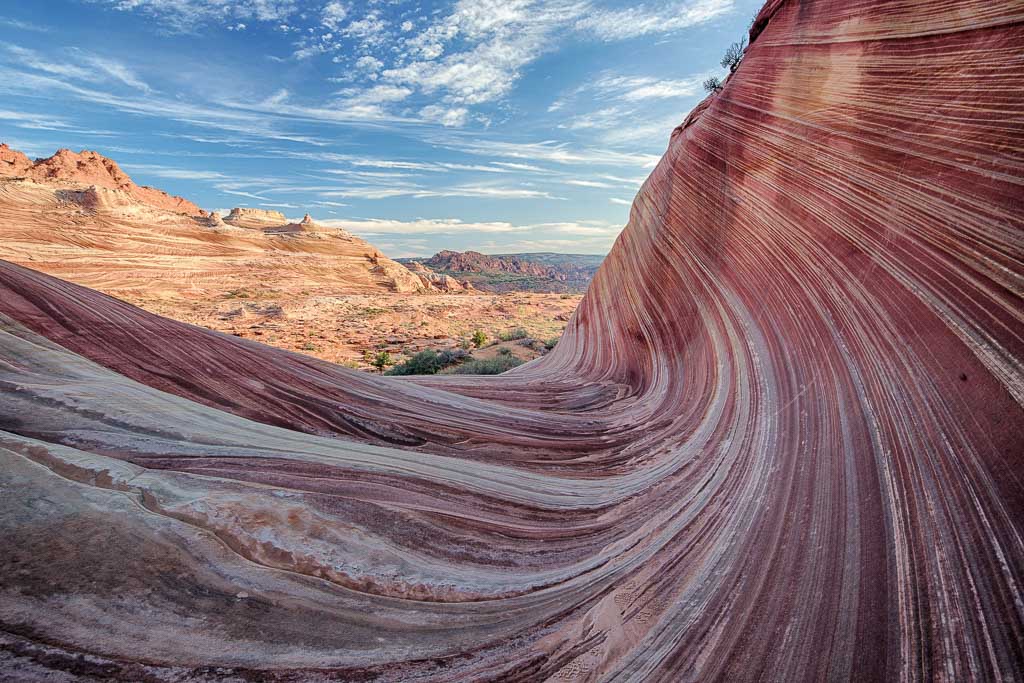
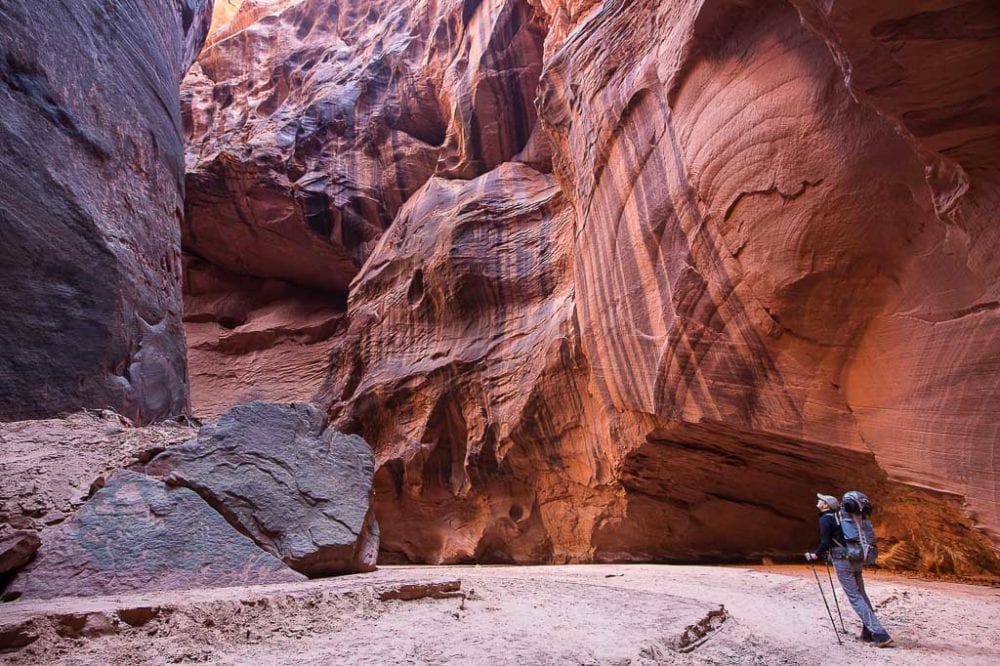
A quick and scenic drive west of Page lies Vermilion Cliffs National Monument.
Managed by the Bureau of Land Management, as opposed to the National Park Service, this remote and pristine area protects Paria Canyon and Paria Plateau, Coyote Buttes and Vermilion Cliffs.
Characterized by towering rock formations, impressive canyons and other geological curiosities, this is a superb destination for day hiking and multi-day desert treks.
If you’re planning a hike, remember to get a permit. You’ll need one for overnight trips in Paria Canyon and day hikes in Coyote Buttes South and Coyote Buttes North, which is the location of the area’s most well-known feature, The Wave.
When you go on a hike in these rugged lands, it’s critical that you’re aware of potential hazards and dangers, including overexertion, flash floods, extreme heat and wild animals.
Be aware of your surroundings, check the weather forecast, bring plenty of water and watch where you step.
- Spend at least: 2 days / 1 night
- Do this: (wilderness) hiking, camping, wildlife watching, stargazing
- Stay here: Stateline Campground
- More information: https://www.blm.gov/visit/vermilion-cliffs
Grand Canyon National Park
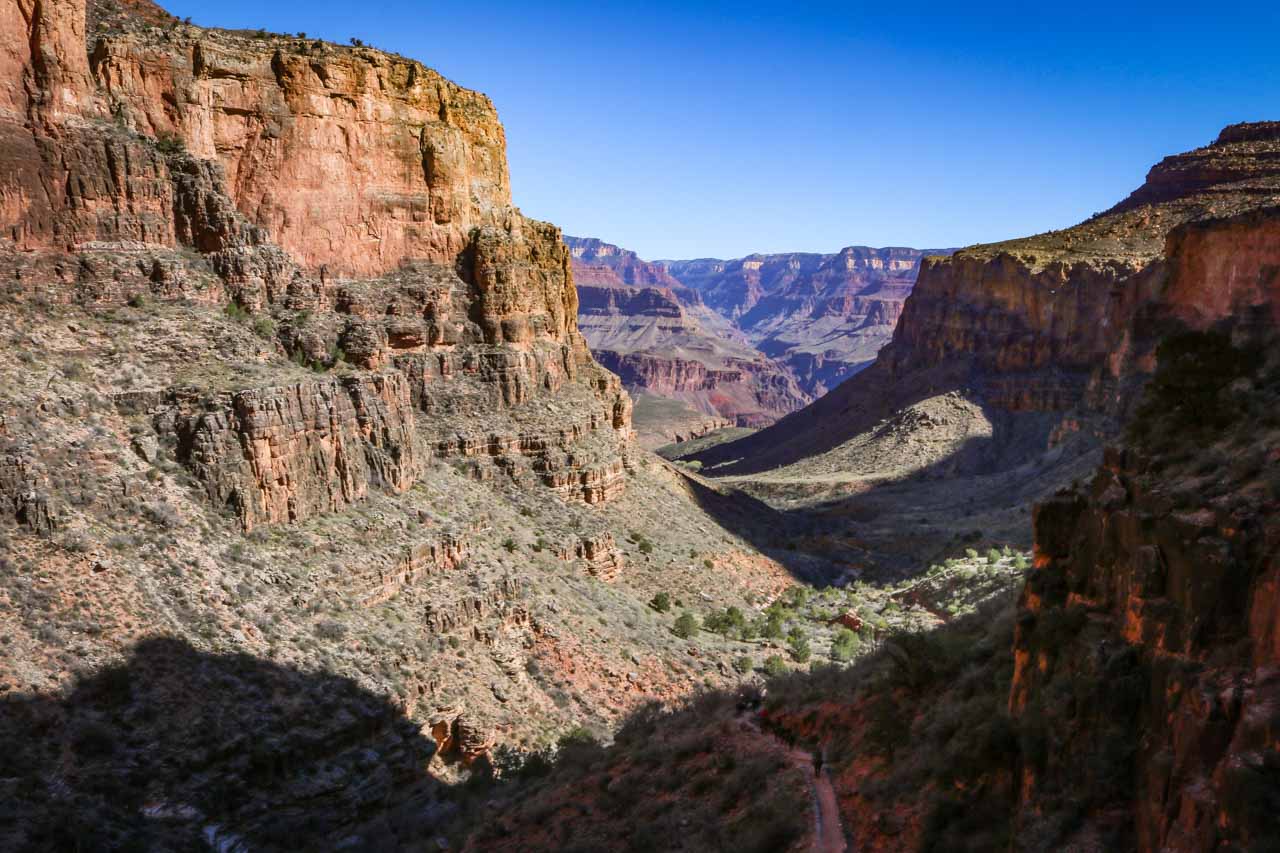
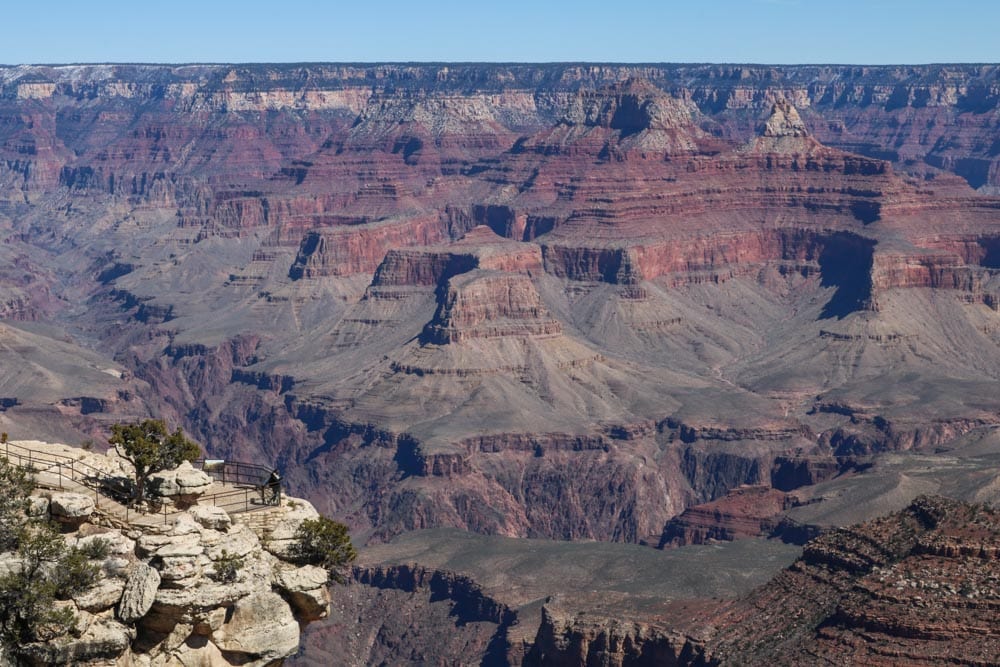
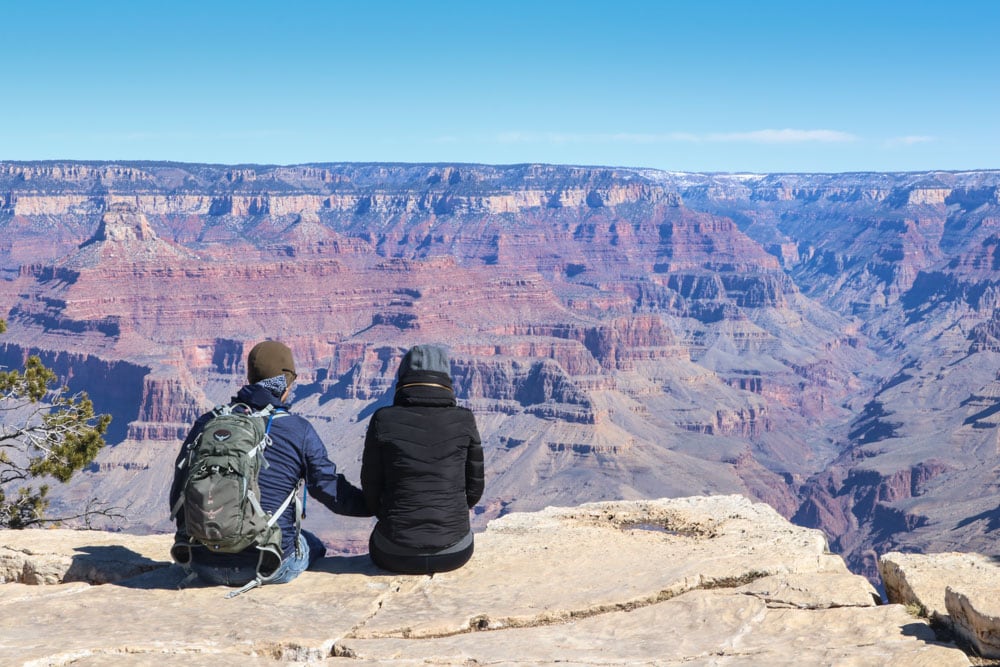
As far as famous national parks in Arizona go, none are more revered and visited than Grand Canyon National Park.
Nothing can prepare you for your first view of the Grand Canyon. No matter how many pictures you’ve seen or documentaries you’ve watched, the immense scale of this place needs to be seen in 3D, not on paper or a screen.
Arizona’s nickname is “the Grand Canyon State” for a reason—it’s something to be proud of. This is the ultimate end of your once-in-a-lifetime Arizona national parks road trip.
The Grand Canyon overwhelms everyone. I can’t imagine anyone not being impressed by it. It’s spectacular, its dimensions are mind-boggling. Really, it’s almost impossible to grasp the sheer size of this thing.
This is a canyon that’s 277 river miles (446 kilometers) long, 18 miles (29 kilometers) wide at its widest point, and a mile (1.6 kilometers) deep.
It’s the obvious centerpiece of Arizona’s Grand Canyon National Park, which encompasses a section of the Colorado River and both the North and South Rims.
Often considered to be one of the Natural Wonders of the World, Grand Canyon National Park is also a UNESCO World Heritage Site, which indicates its awesome significance to the world and humankind.
While many people spend only a day here, I think that’s just ridiculous. This is an enormous park and you should really do it justice by spending two or three days.
Beyond the many popular Grand Canyon overlooks, there’s plenty to see and do. Hike down into the canyon and along the South Rim—that’s two days right there—and spend day three driving the scenic Desert View Drive, one of America’s greatest national park roads.
- Spend at least: 3 days / 2 nights
- Do this: scenic driving, hiking, camping, stargazing, horseback riding, cycling, wildlife watching, river trips
- Stay here: El Tovar Hotel
- More information: https://www.nps.gov/grca/index.htm
How Many Days Do You Need to Visit These Arizona National Parks and Monuments?
To properly visit all the three Arizona national parks and five other parks and national monuments of Arizona included in this attraction-packed itinerary, you will need at least three weeks.
The suggested number of days for each park is the absolute minimum to get a real sense of what they are all about.
Grand Canyon National Park, for example, deserves three days, while Monument Valley can be experienced in one day.
Adding it all up brings us to a total of 17 days just in the parks alone. Include the necessary driving time and travel days to and from Arizona, and you’ll see that three weeks is an appropriate amount of time for this Arizona national parks road trip.
If you have less time available, however, it’s possible to leave out a few parks and focus on the major ones. For a two-week road trip around Arizona, I suggest the following itinerary:
Saguaro National Park (2 days) – Petrified Forest National Park (2 days) – Monument Valley (1 day) – Glen Canyon National Recreation Area (3 days) – Grand Canyon National Park (3 days)
National Parks in Arizona List
To summarize, this is a quick overview of all the national parks and monuments in Arizona mentioned in this itinerary, including how long I suggest you stay there.
- Organ Pipe Cactus National Monument — 2 days / 2 nights
- Saguaro National Park — 2 days / 2 nights
- Petrified Forest National Park — 2 days / 1 night
- Canyon de Chelly National Monument — 2 days / 1 night
- Monument Valley Navajo Tribal Park — 1 day / 1 night
- Glen Canyon National Recreation Area — 3 days / 2 nights
- Vermilion Cliffs National Monument — 2 days / 1 night
- Grand Canyon National Park —3 days / 2 nights
Start / End Point Accommodation
As mentioned earlier in this post, you can start (and end) this Arizona national parks road trip in the state’s three major cities, whichever one is more convenient for you. This will most likely depend on available and affordable flights.
After you arrive in Arizona, you might want to rest up for a night before you kick off your road trip. Or vice versa, you might like to get a night’s sleep in first before hopping back on a plane afterward.
Here are some current deals on accommodation in Phoenix, Flagstaff and Tucson.
Alternatively, many people choose Las Vegas as their Southwest road trip starting point.
Situated in the southern tip of Nevada, “Sin City” is not only a gambler’s and partier’s paradise, but there are also several major American national parks near Las Vegas, such as Zion National Park and Grand Canyon National Park.
If you decide to fly to Las Vegas and begin your Arizona national parks road trip there, here are some deals for you.

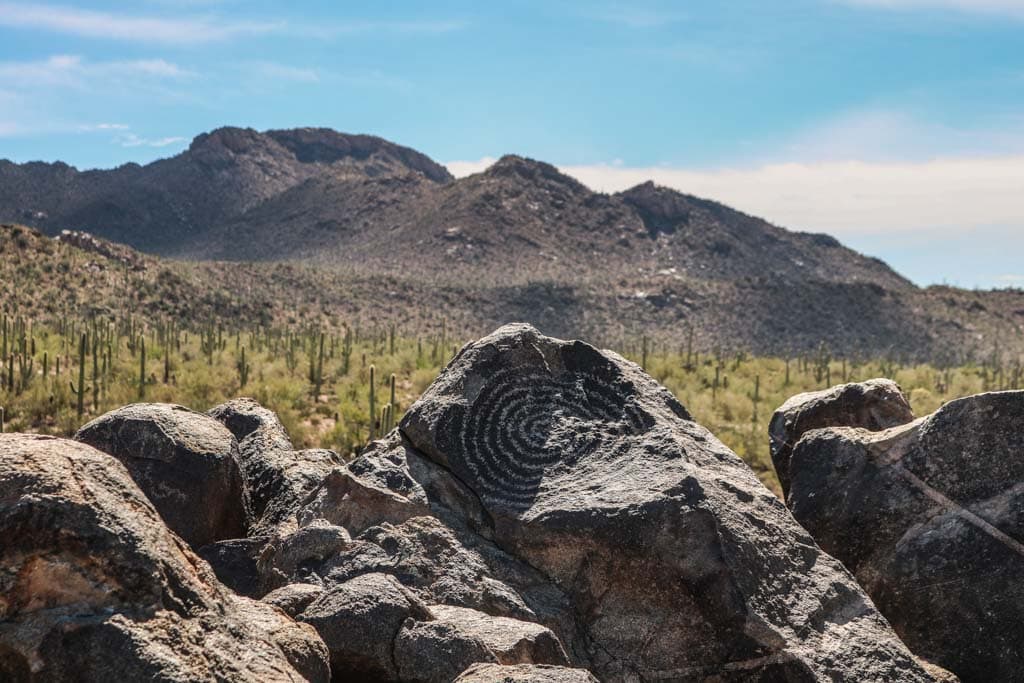





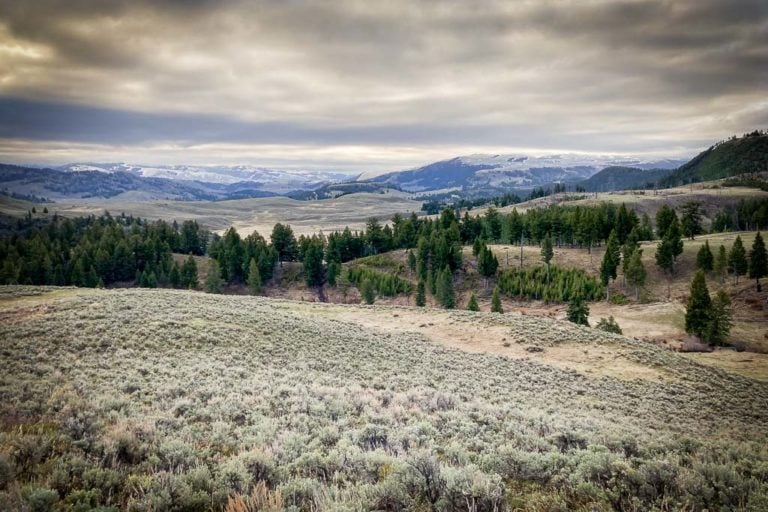
Starting in Tucson, what is your suggestion for an ideal start date to avoid heat and crowds? Thanks for this cool itinerary!
Hey Deb! I think the last weeks of winter would be a great period to start this road trip. Sometime in March should be ideal!
Dag Bram, we went on a group tour last year to visit Southwest States and I must say I have learned a lot about where we were through your blogposts. I recommend them for travellers looking for tips and knowledge. Dankjewel and blijf gezond ! Groeten, Judy